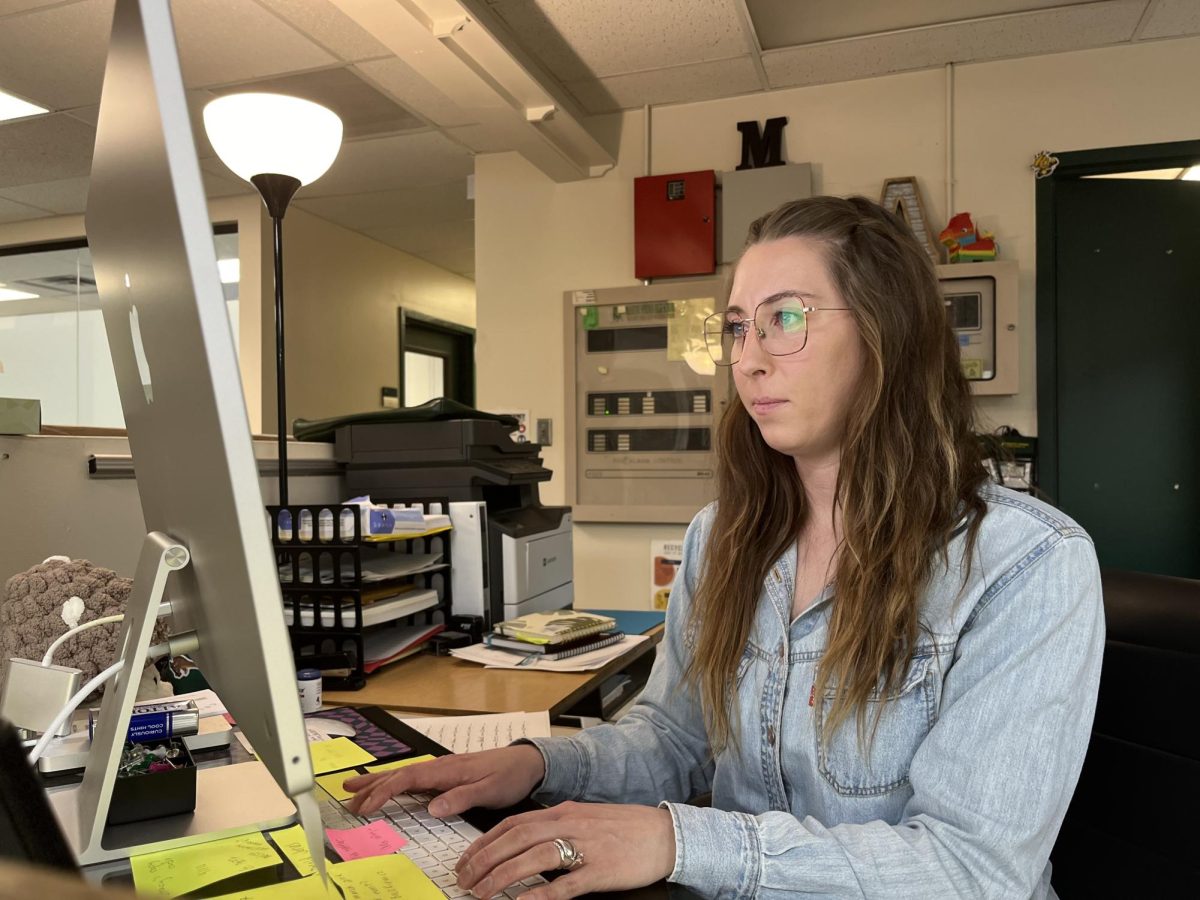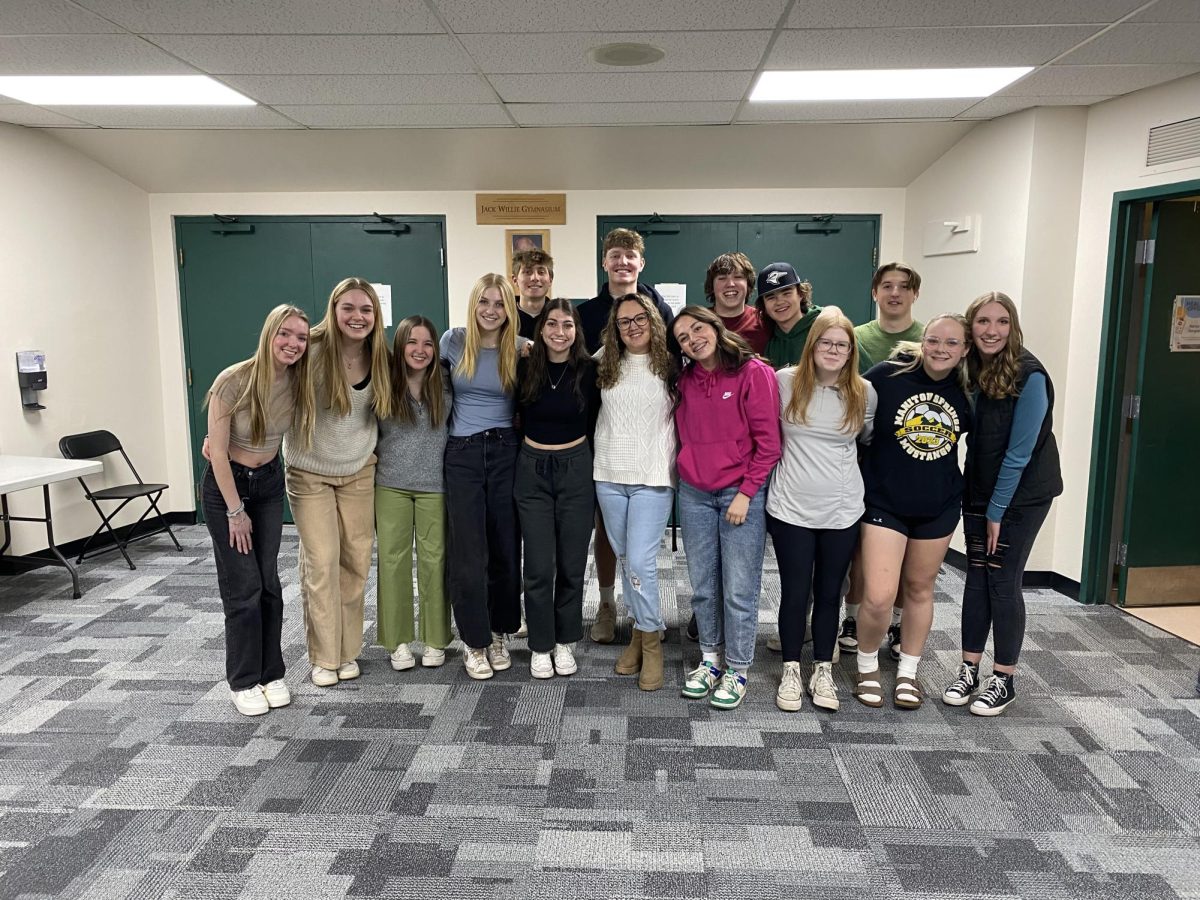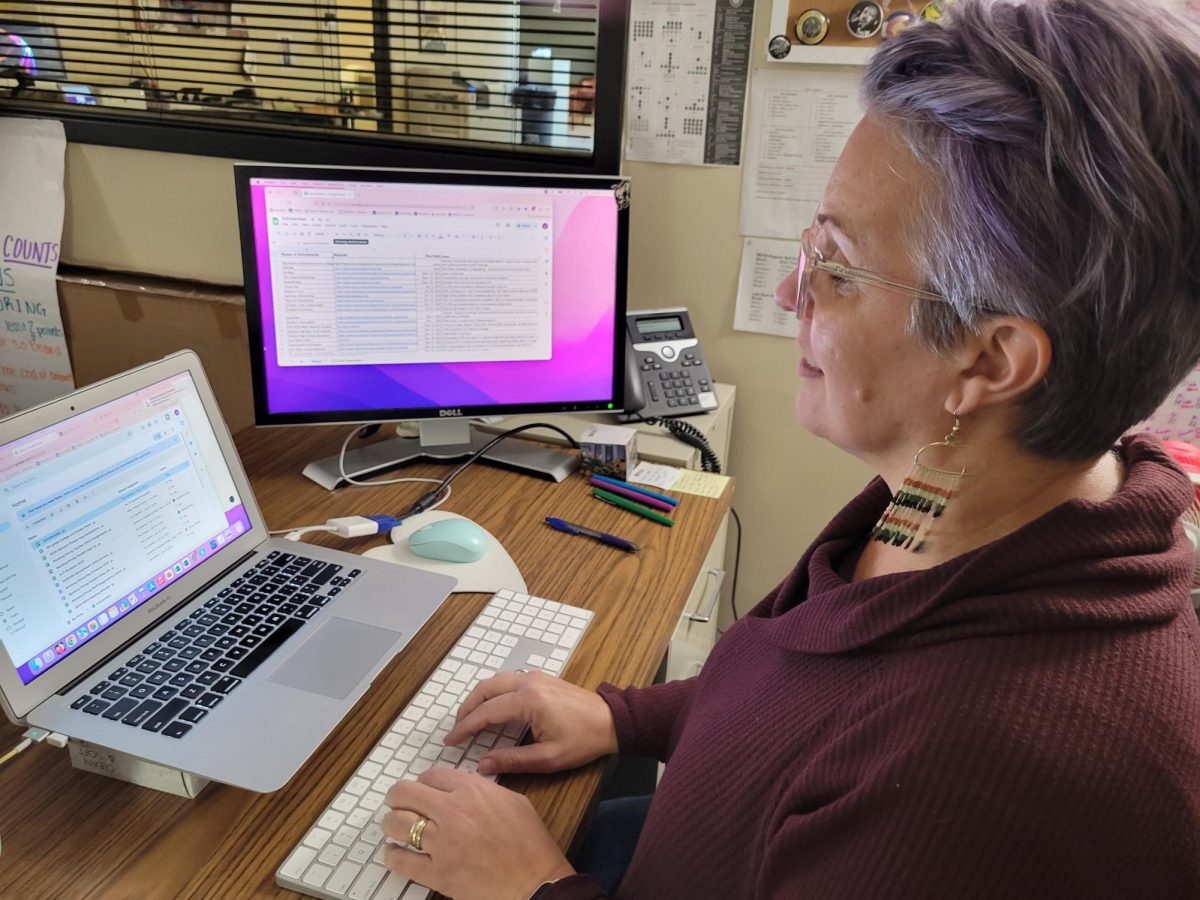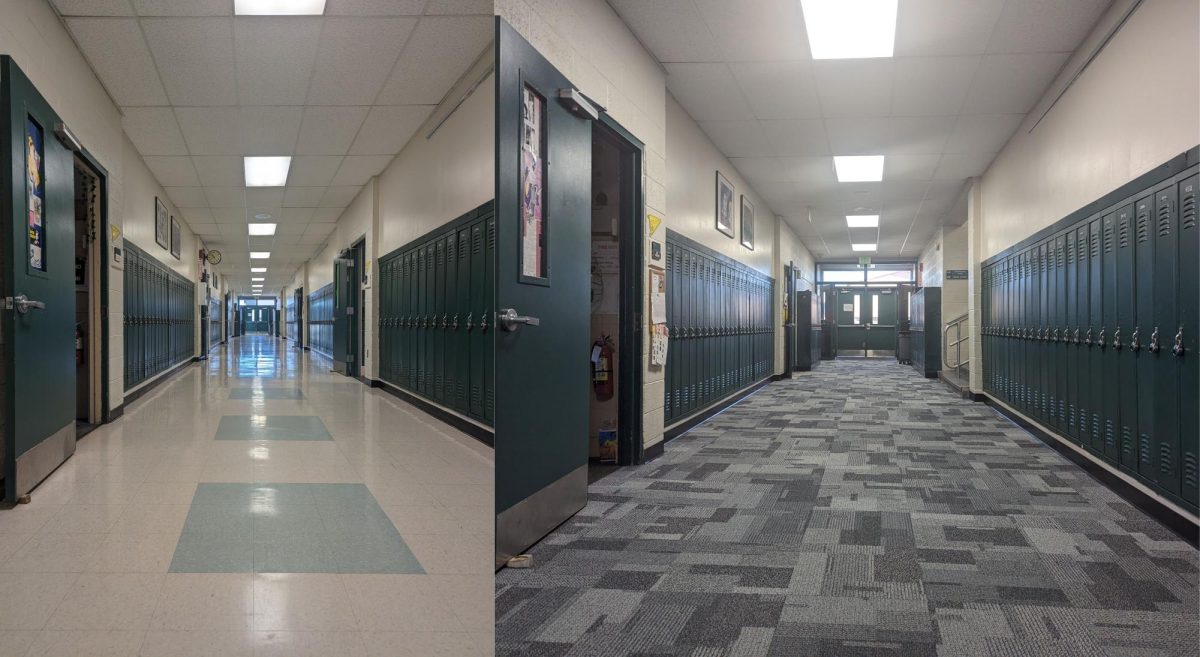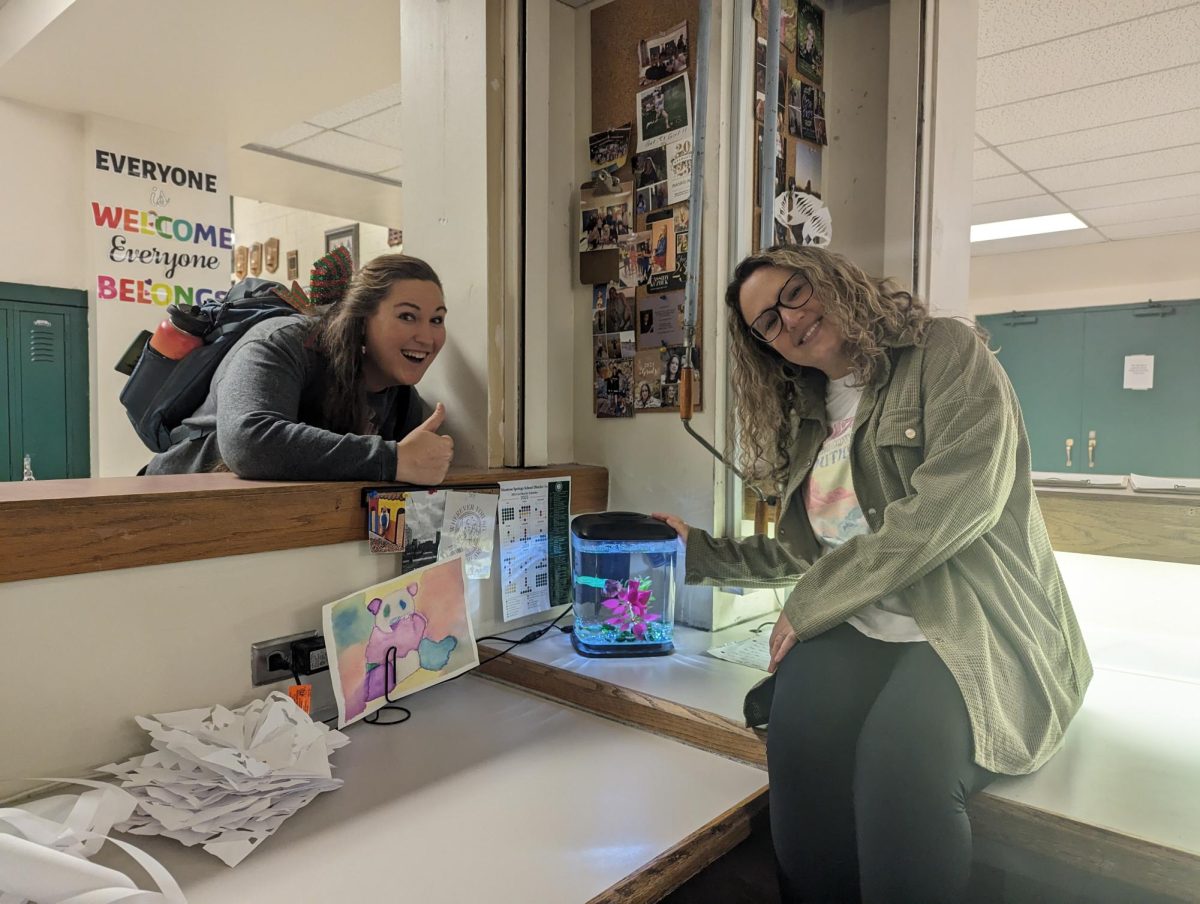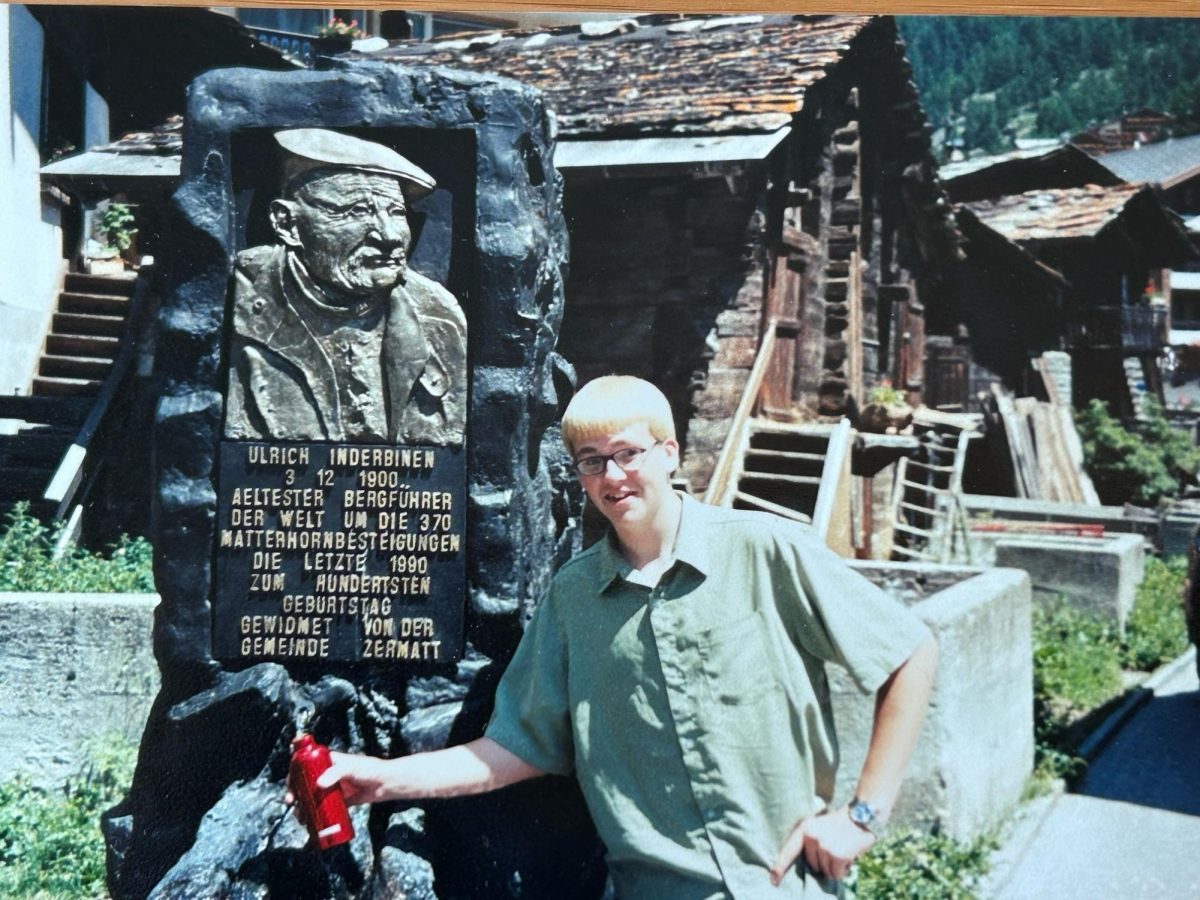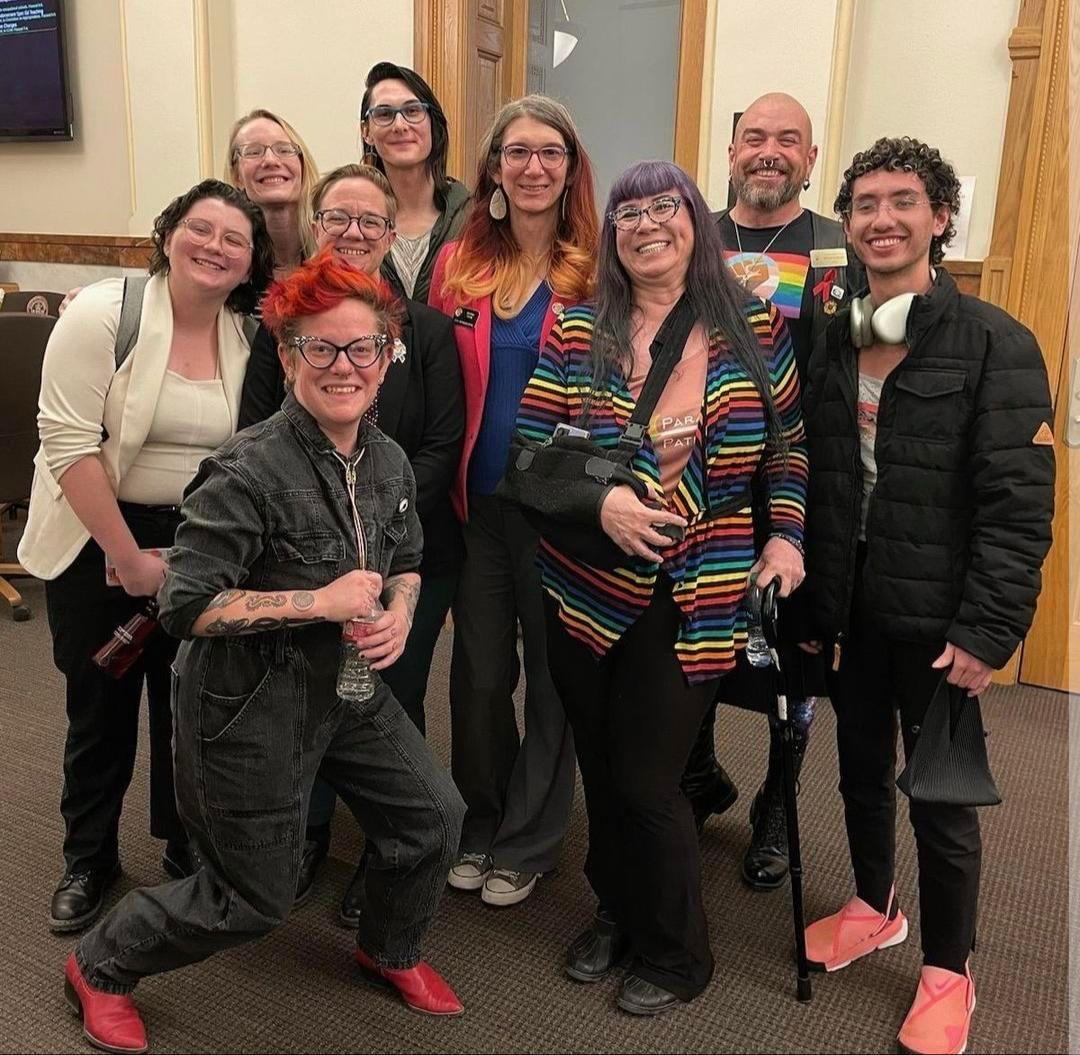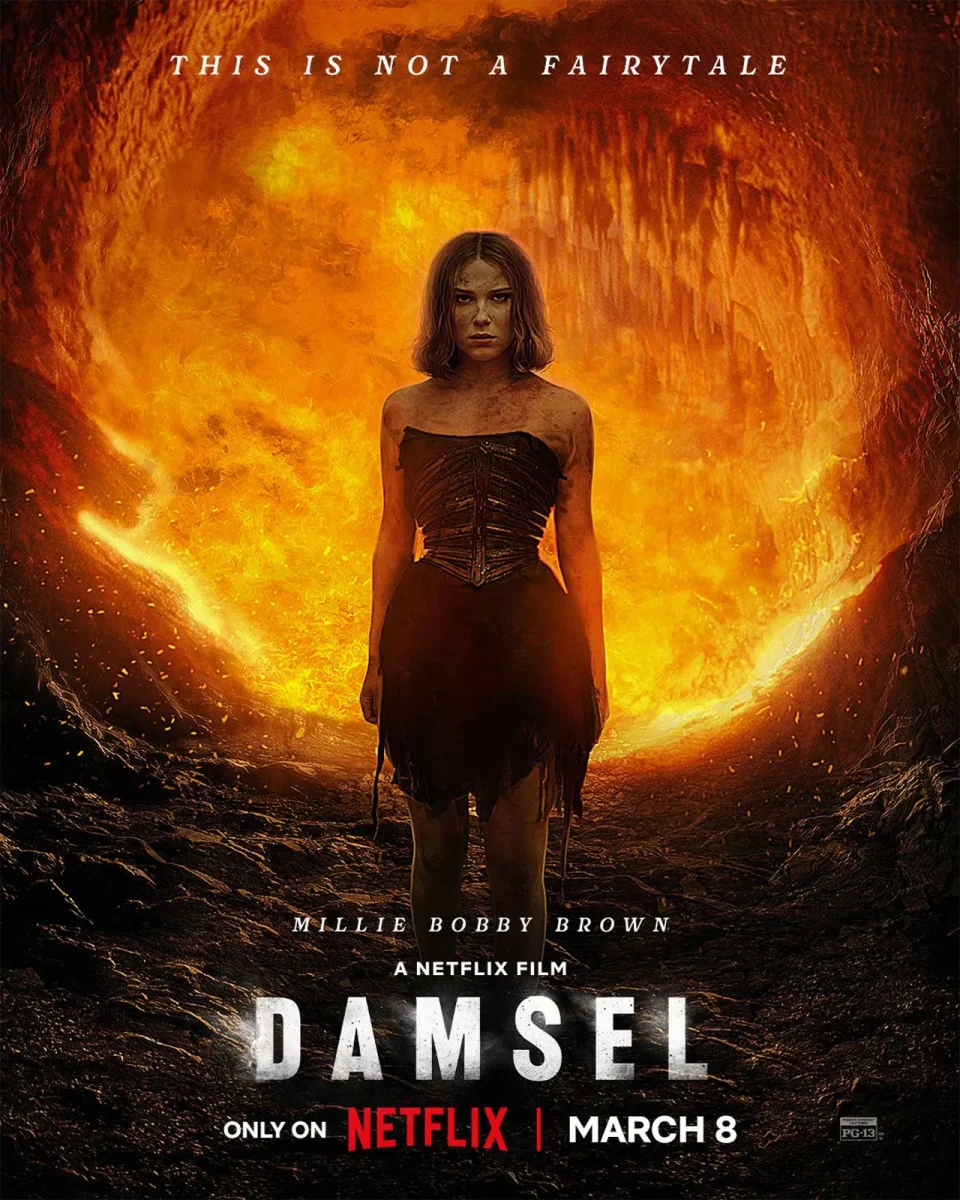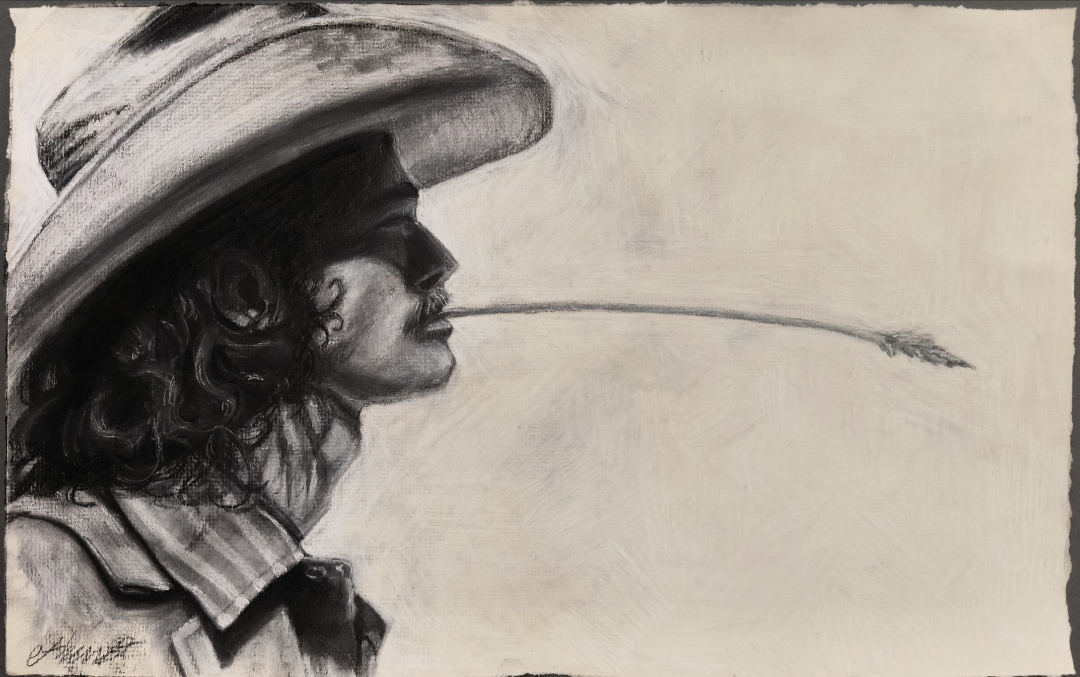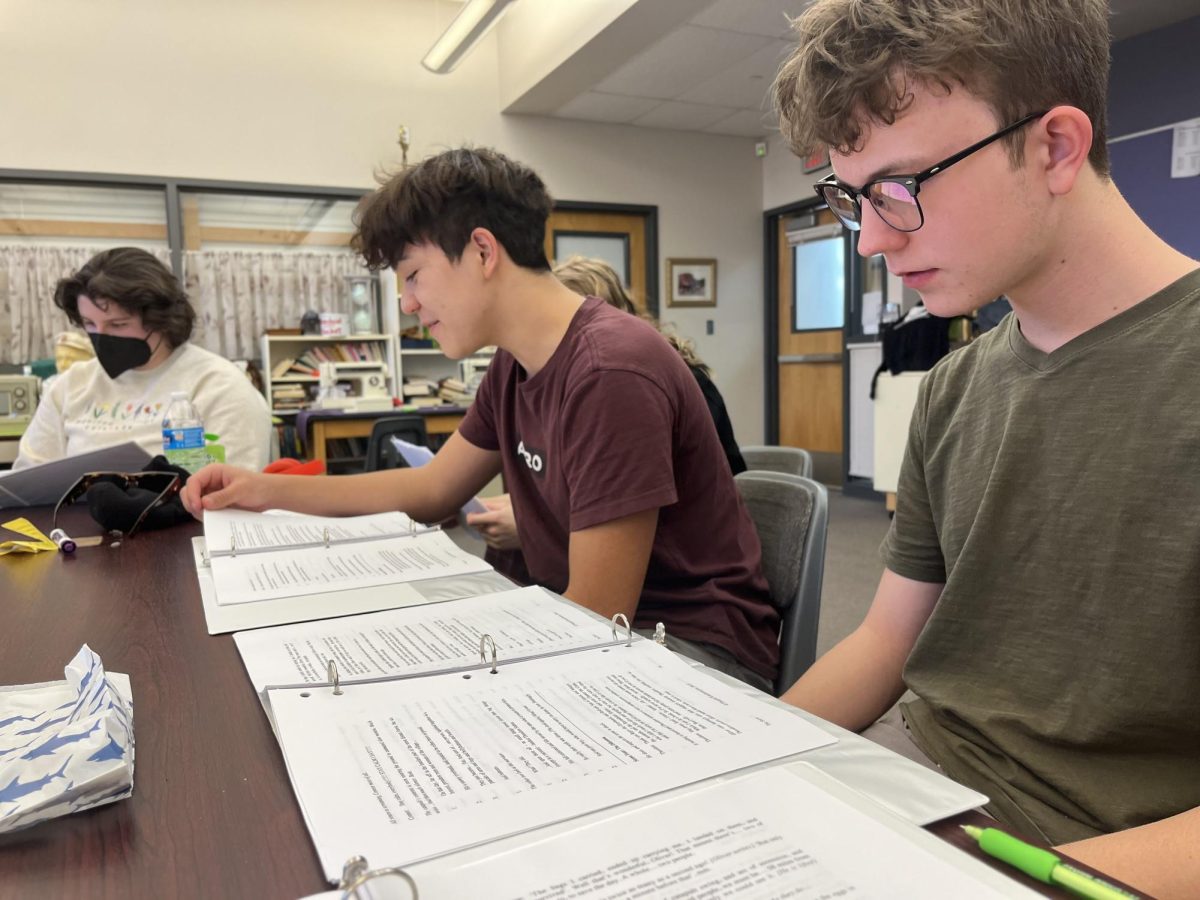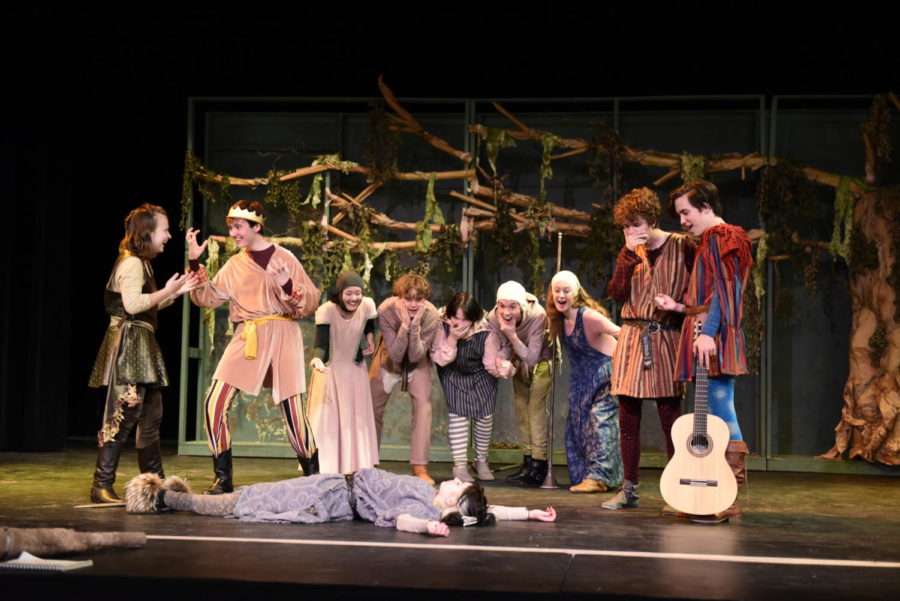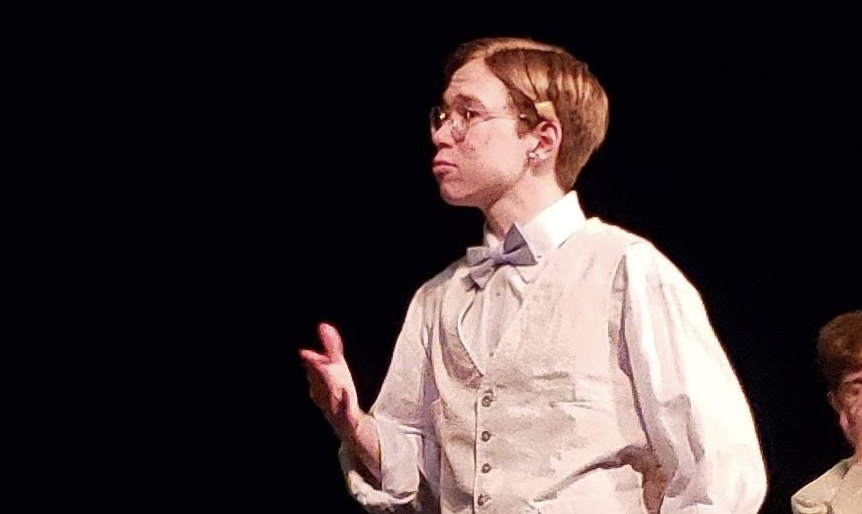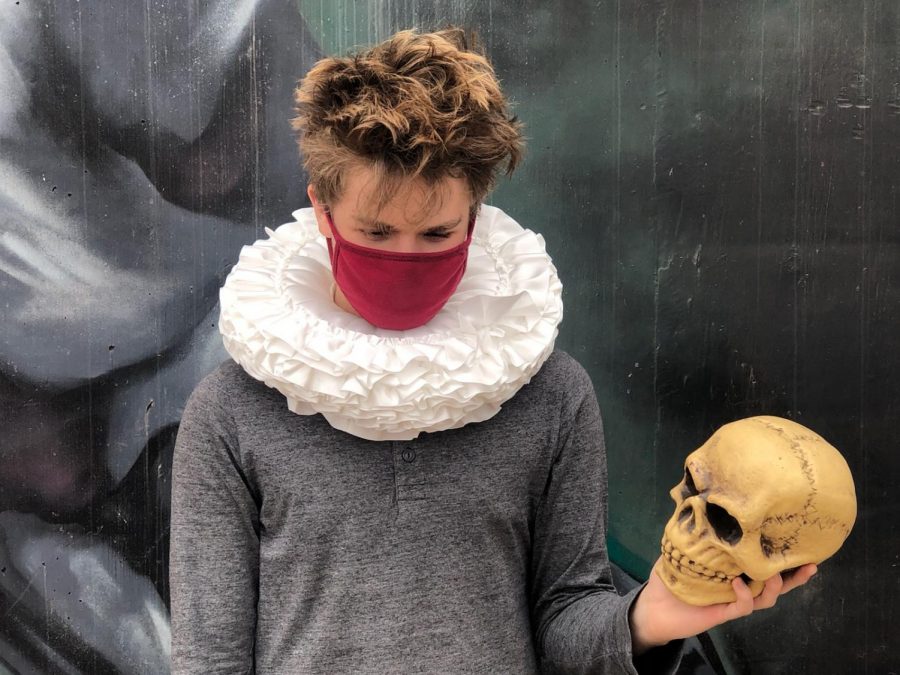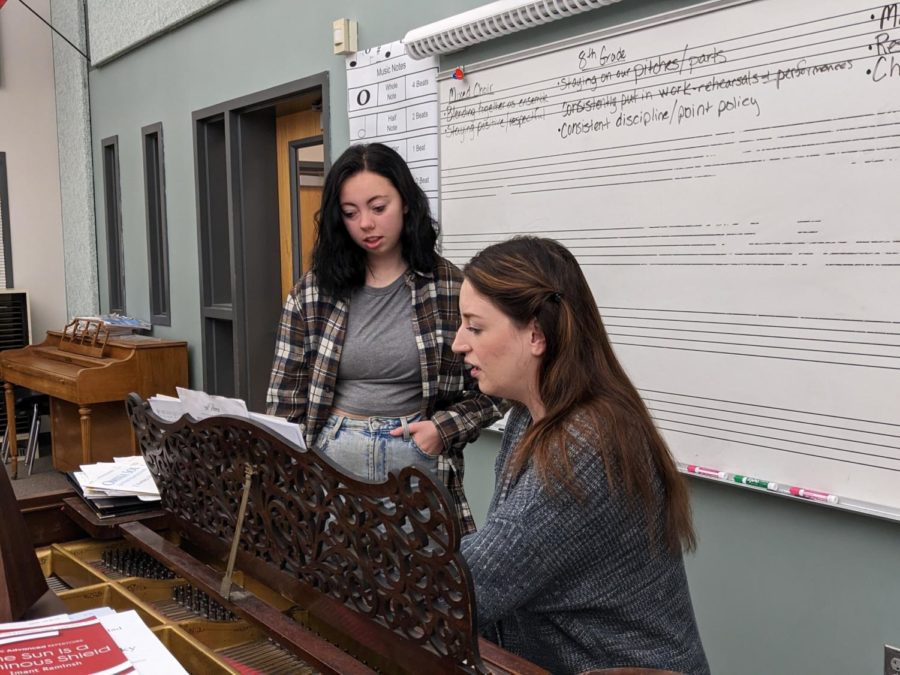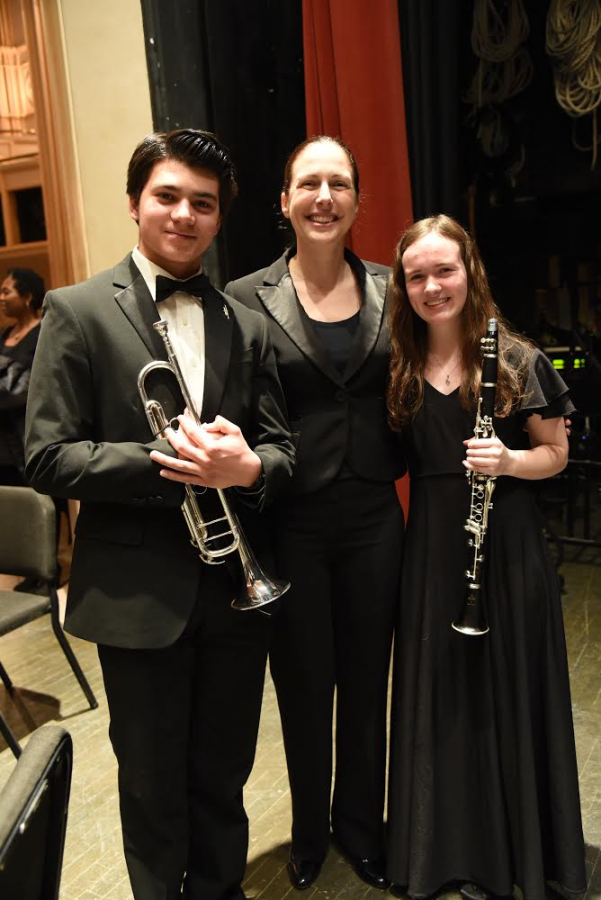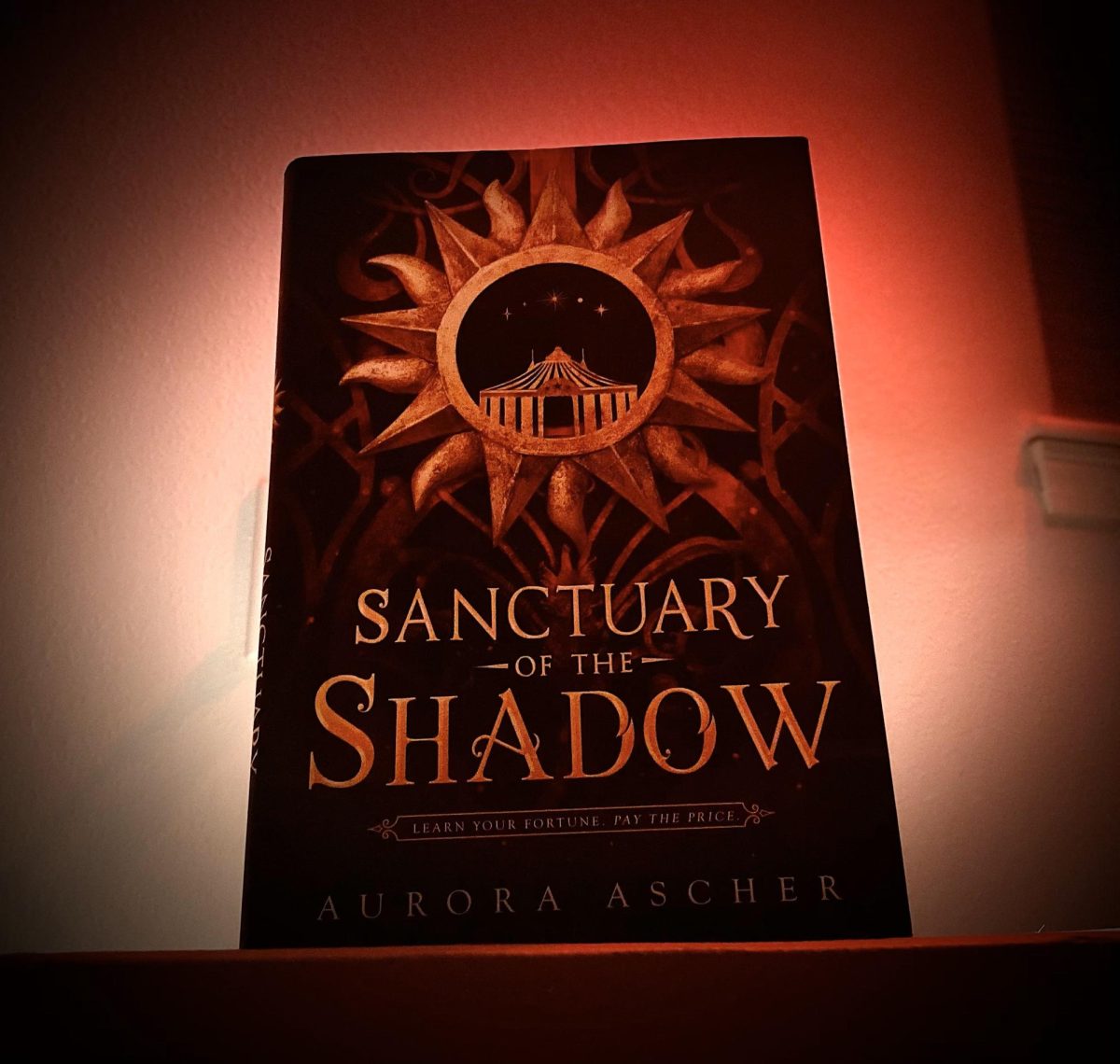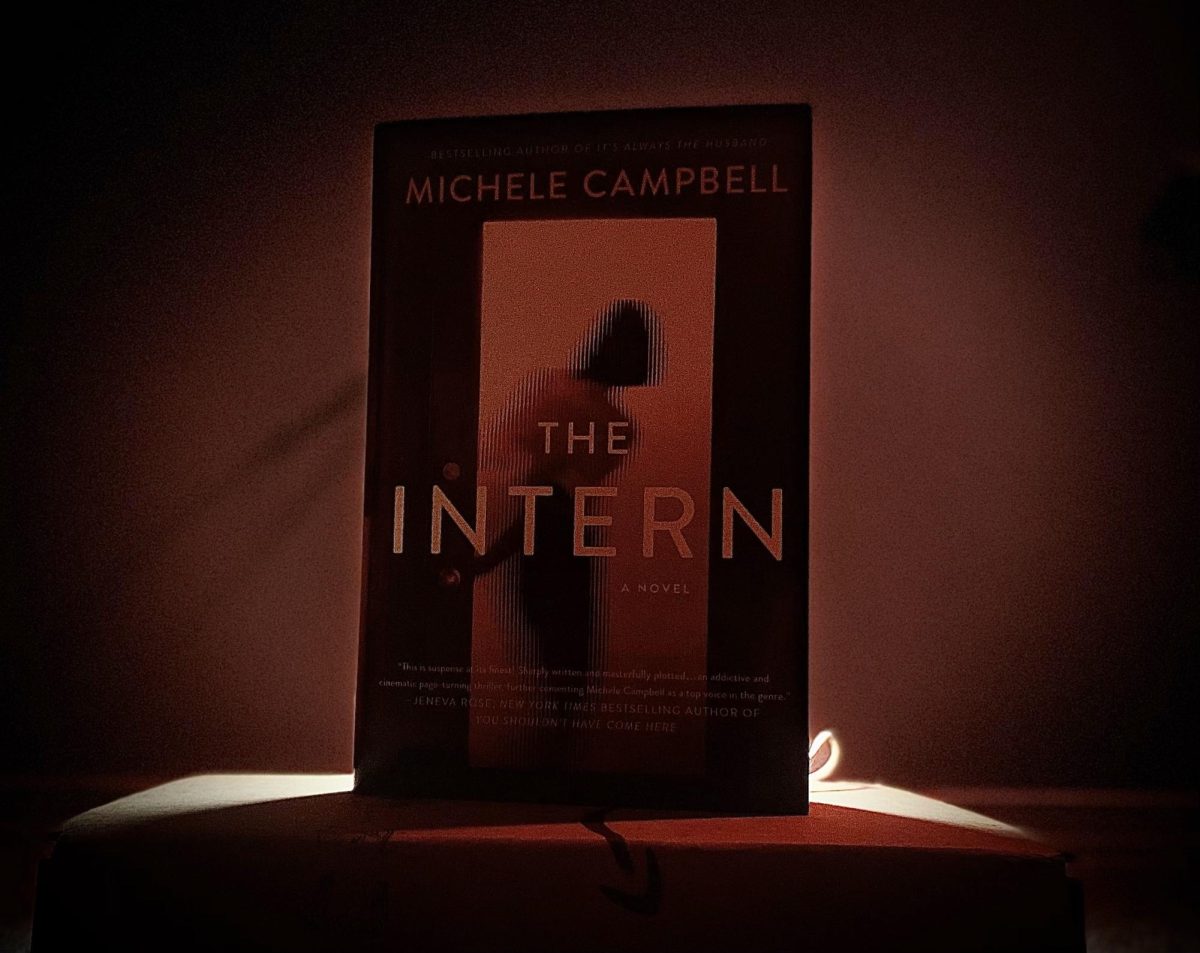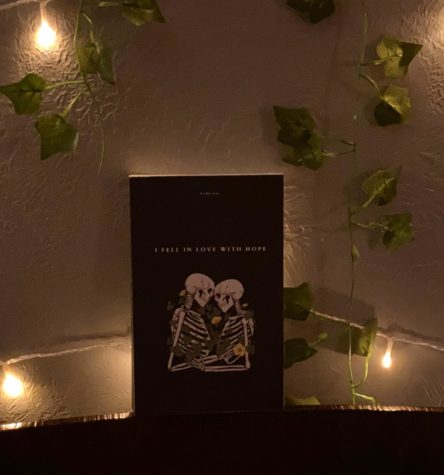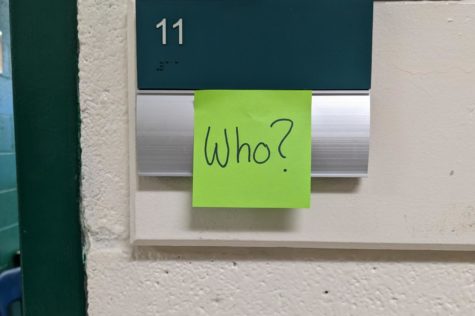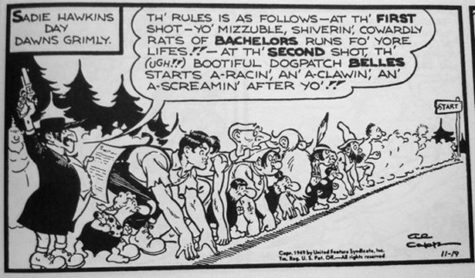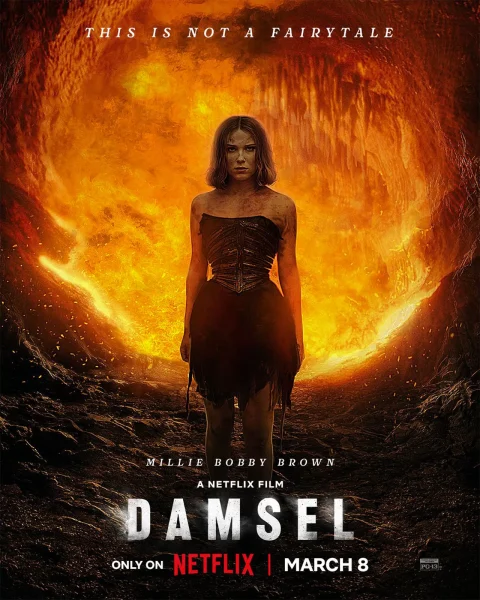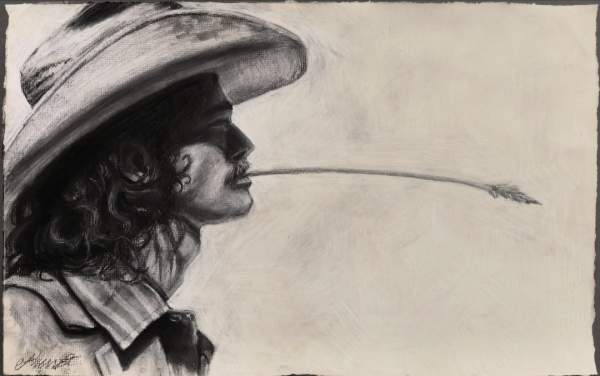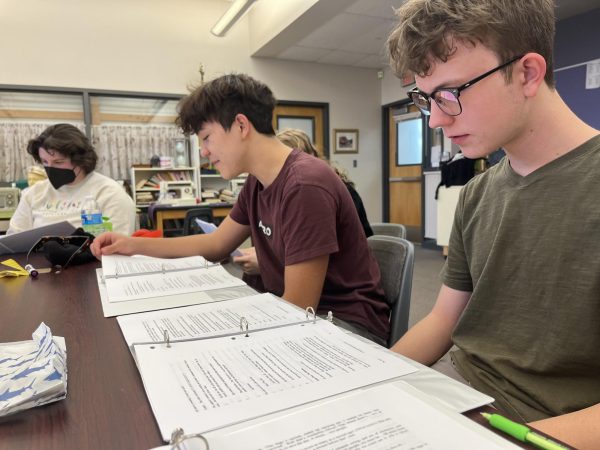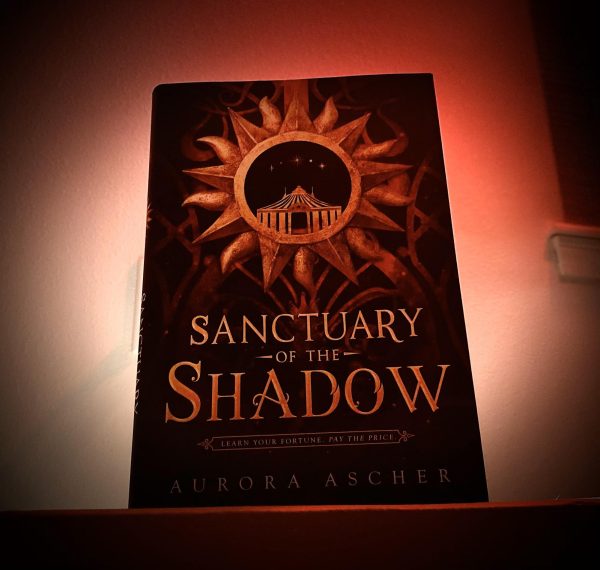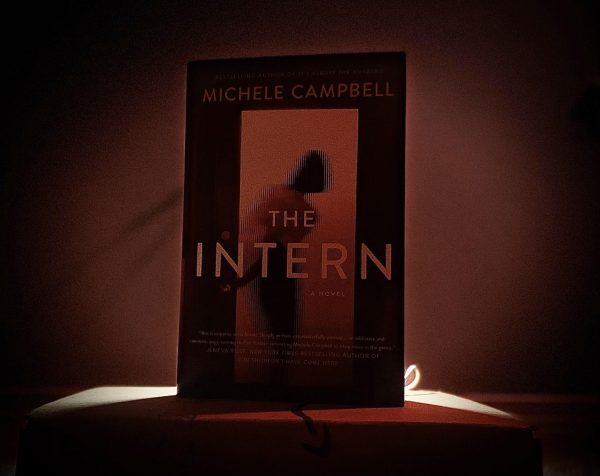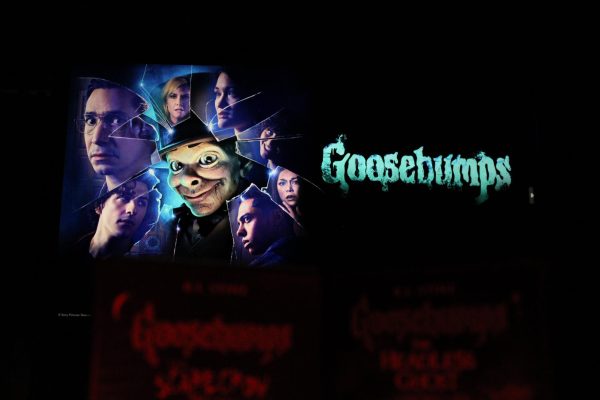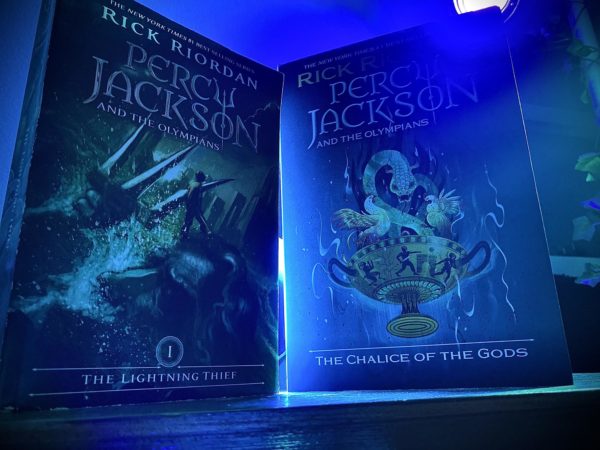“Roma” Wins Big This Award Season
January 17, 2019
[This article contains spoilers for the movie Roma]
Roma– a Netflix original from the renowned director, writer, producer, and cinematographer Alfonso Cuarón– is this award season’s biggest winner. It has taken home two Golden Globes in the categories of Best Director and Best Foreign-Language film. It won Best Film at New York Film Critics Circle Awards, as well as several awards presented by Los Angeles Film Critics Association including cinematography and best picture. If that wasn’t enough, it also won four awards at the Critics Choice Awards: Best Foreign Film, Cinematography, Director and Best Picture. Now the 91st Academy Awards are only weeks away, and Roma is expected to be nominated in several categories. When a movie is nominated in so many categories it is easy to feel like it is overrated. I felt that way and decided to watch the movie myself to figure out if it really is that good.
The movie follows a housekeeper, Cleo, who lives and works with a family in Mexico, where she tends to four children, their parents, and the mother’s mother. At the beginning of the movie, Cleo’s day-to-day life is detailed while an increasing conflict between the parents of the household happens in the background. Cleo eventually finds herself pregnant with her boyfriend, who abandons her. At the same time, the father leaves to go on an extended trip to Quebec. The mother is driven into temporary madness due to jealousy yet tries her best to make everything seem normal in their children’s eyes. As the movie progresses on it becomes more clear that the father is having an affair. While buying a crib for the baby, the furniture store Cleo and the grandmother is in is attacked by rioting students. A man is shot inside the store, while Cleo and the grandmother are held at gunpoint by her former boyfriend. Shortly after this Cleo goes into labor and, sadly, delivers a stillborn daughter. Following the birth, the family decides to go on a trip to a coastal city, where the mother tells the children about their father’s affair. Cleo saves two of the children from drowning, and as the family all embrace her, confesses to not wanting a child.
The movie takes place during 1970 and 1971 and contains images of the riots led by students during this time. The riots are not a major part of the movie, but they help push the story forward. The movie is packed with visual clues that give the viewer an idea of what will happen later in the movie. The father’s affair is painfully obvious from the beginning, and it is hinted to the daughter’s sad fate several times. Whenever the pregnancy is mentioned something bad happens, like a glass being dropped or the attack on the store.
It is easy to see why this movie is so praised for its visual expression and cinematography. The shots are absolutely gorgeous, with several tracking and panning shots spread throughout the movie. We see the characters move down streets and around the house in long shots instead of many smaller clips, which would give the movie a more hectic feel. Using these types of shots also makes us feel like we are taking part in the movie as a part of the household. If someone were to ask me if I think this movie deserves the recognition it is receiving right now, I wouldn’t hesitate to say yes for even a second, it deserves all that and more. It is truly a beautiful, moving film.

